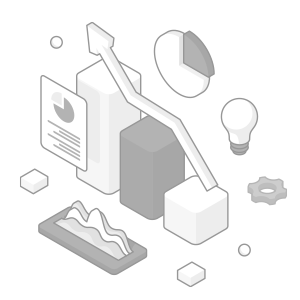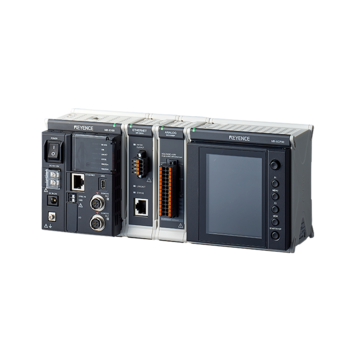Data Acquisition (DAQ)
What is Data Acquisition (DAQ)?
-
Tags:
- Data Acquisition
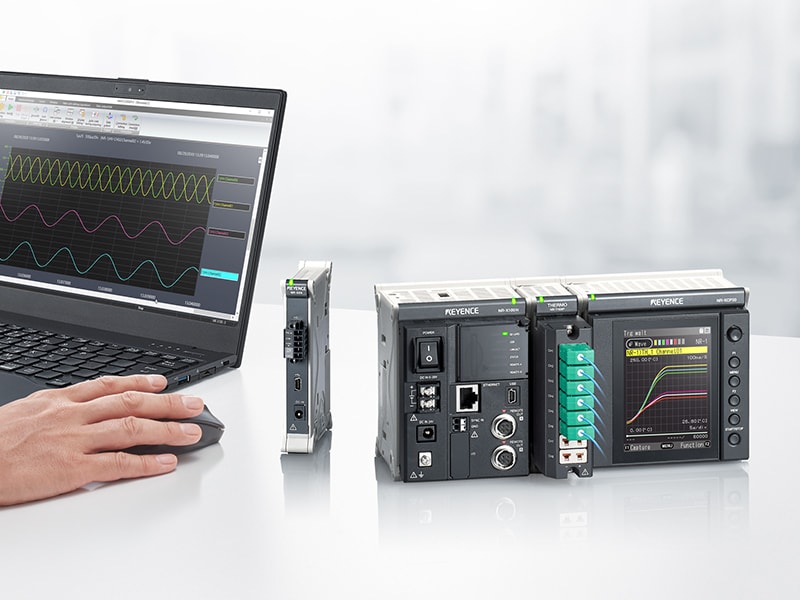
Selecting the right data acquisition (DAQ) systems can be a complex process. These systems collect data from sensors for applications like quality control and automation, and then convert signals into readable data and transmit it to be monitored or stored. A system can only be as effective as how it aligns with a specific application’s needs; whether that need is high-speed data processing, environmental monitoring, or even predictive maintenance.
DAQ technology has advanced far beyond the simple data loggers of the past and into high-performance, network-connected solutions. They can now operate with artificial intelligence (AI), cloud computing, and the Internet of Things (IoT), and allow real-time data analysis. Despite coming as far as they have, not every DAQ system is appropriate for every application. In order to select the right one that meets your organization’s specific needs, it’s important to understand the different types of systems available and their functions.
Types of Data Acquisition Systems
Standalone DAQ Systems
These systems have embedded processors and internal storage that allow them to operate independently without being directly connected to a PC. Standalone DAQ systems can function in remote environments or industrial settings where continuous monitoring is required. The NR-X100 is a great option when standalone logging is required.
PC-Based DAQ Systems
PC-based DAQ systems connect directly to a computer via USB, PCI, or Ethernet, relying on a computer’s processing power to analyze data in real time. These systems are flexible in handling multiple input types at once. The NR-500 data logger is the industry's smallest, most capable PC based DAQ system.
Modular DAQ Systems
For applications that require multiple sensors or custom configuration, a modular DAQ system offers the most flexibility. These systems are separate, interchangeable modules that can accommodate a business’s rapid growth. Modular DAQ systems also support automation platforms for advanced industrial applications. The NR-Series is completely modular, allowing users to completely customize their DAQ system for whatever application they face.
Cloud-Connected & Wireless DAQ Systems
As more industries adopt IoT devices, DAQ systems are moving to the cloud. Wireless DAQ systems eliminate the need for extensive cabling. Being cloud-connected allows for remote access and real-time monitoring. With 5G connectivity, wireless DAQ systems can provide near-instantaneous access to data from multiple locations.
Get detailed information on our products by downloading our catalog.
View Catalog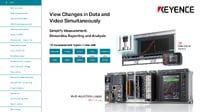
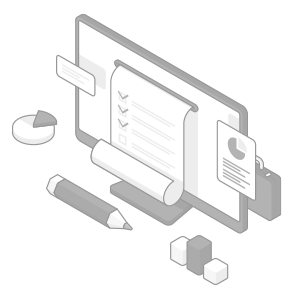
Advanced Measurements with DAQ Systems
High-Speed Data Logging
Modern DAQ systems can process millions of data samples per second, which makes them ideal for high-speed logging and rapid signal analysis. These include capturing transient voltage spikes in power electronics and monitoring high-speed conveyor belts in manufacturing.
Environmental Monitoring & Compliance
Some industries need DAQ systems to monitor temperature, humidity, air quality, and emissions. Many of these systems are used to keep products and processes in line with regulatory standards from the FDA and EPA.
Predictive Maintenance Applications
DAQ systems are also used to detect early warning signs of wear and tear for industrial machinery. Predictive maintenance strategies benefit from the data provided by DAQ systems to help prevent unscheduled downtime and costly repairs.
Real-Time vs. Post-Processing Data Acquisition
Real-Time DAQ Systems
These DAQ systems are used to detect anomalies as they happen, allowing operators to immediately respond to potential issues. These systems are useful in high-stakes industries like industrial automation, process control, and medical diagnostics.
Post-Processing Analysis
While real-time DAQ focuses on immediate anomaly detection, post-processing analysis helps evaluate long-term trends and simulate predictive modeling.
We’re here to provide you with more details.
Reach out today!
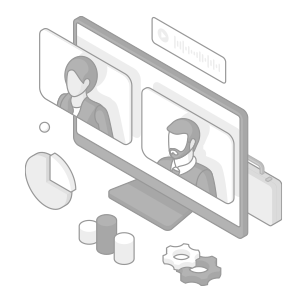
Choosing the Right DAQ System for Your Needs
Factors to Consider When Selecting a DAQ System for Your Application
- Measurement Type
- Determine whether you need to monitor electrical (i.e. current, voltage), mechanical (i.e. vibration, force), or environmental (i.e. temperature, humidity) parameters.
- Number of Channels Required
- Large-scale operations may require hundreds of input channels while smaller applications can function with fewer.
- Compatibility with Existing Software & Cloud Platforms
- The DAQ system selected should integrate with existing enterprise software, automation tools, and IoT platforms.
Innovations & Future of Data Acquisition Technology
AI & Machine Learning in DAQ
AI-driven DAQ platforms can predict equipment failures, monitor and maintain energy consumption, and improve quality control processes. These systems allow businesses to automate data analysis, detect patterns, and improve machine output without manual intervention.
IoT-Integrated DAQ Systems
With the rise of smart factories, IoT-enabled DAQ systems allow businesses to remotely access and monitor data from multiple locations without having to visit each individual plant.
Eco-Friendly & Low-Power DAQ
DAQ systems are evolving to consume less power and adapt to renewable energy sources. Low-power DAQ systems help industries fulfill sustainability initiatives by reducing energy consumption in remote monitoring stations and wireless IoT deployments.
Conclusion
From standalone solutions for remote monitoring to cloud-connected systems enabling seamless data access, the right DAQ system can transform how your business operates. AI, IoT, and cloud computing are going to continue to shape the future of data acquisition and DAQ systems. That being said, selecting a system that aligns with your specific needs is more important than ever.
Still unsure which DAQ system is best for your needs? Contact us today to speak with one of our DAQ experts to find the right solution for your application.
Contact us to learn more about how our advanced technology can help take your business to the next level.
Contact Us